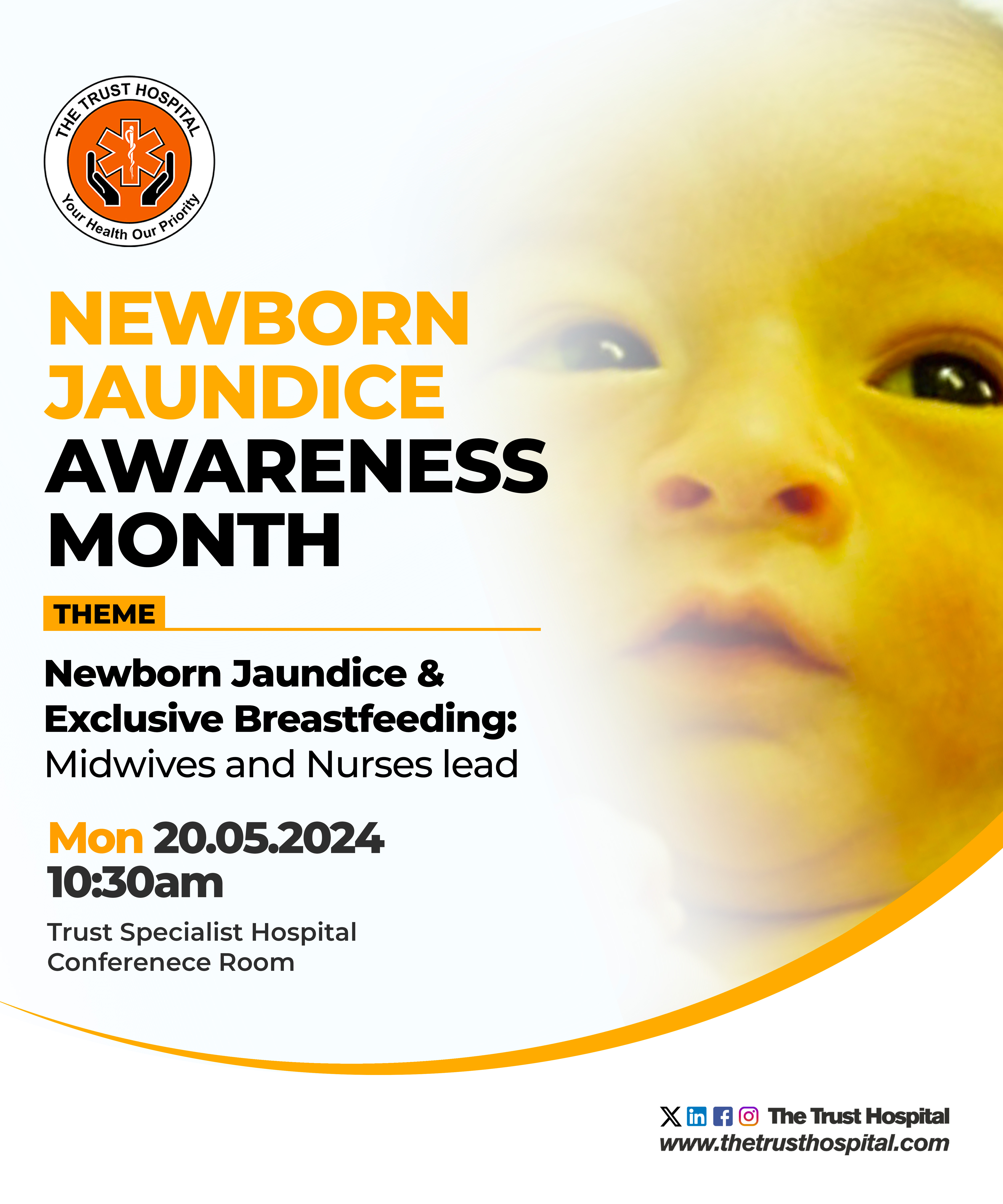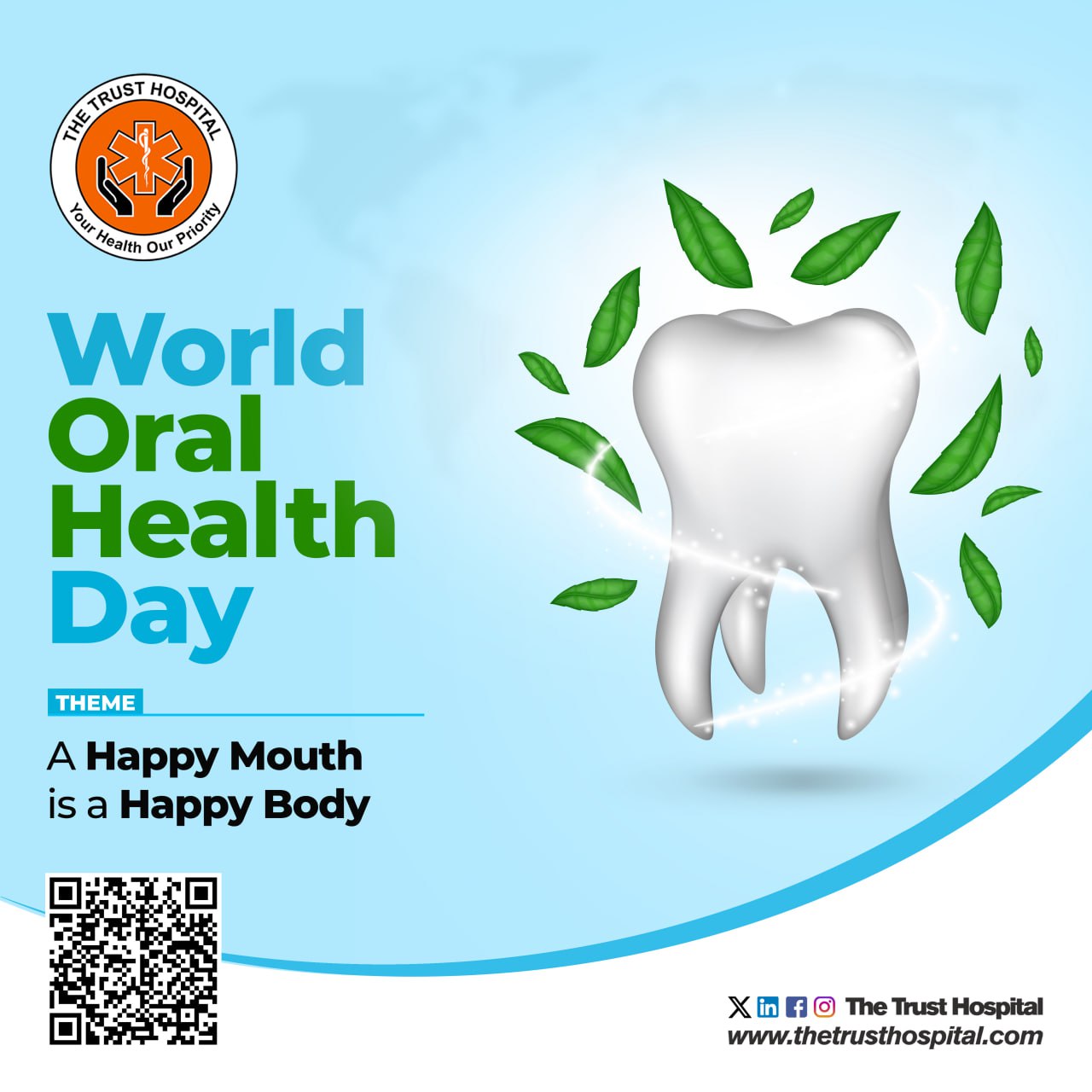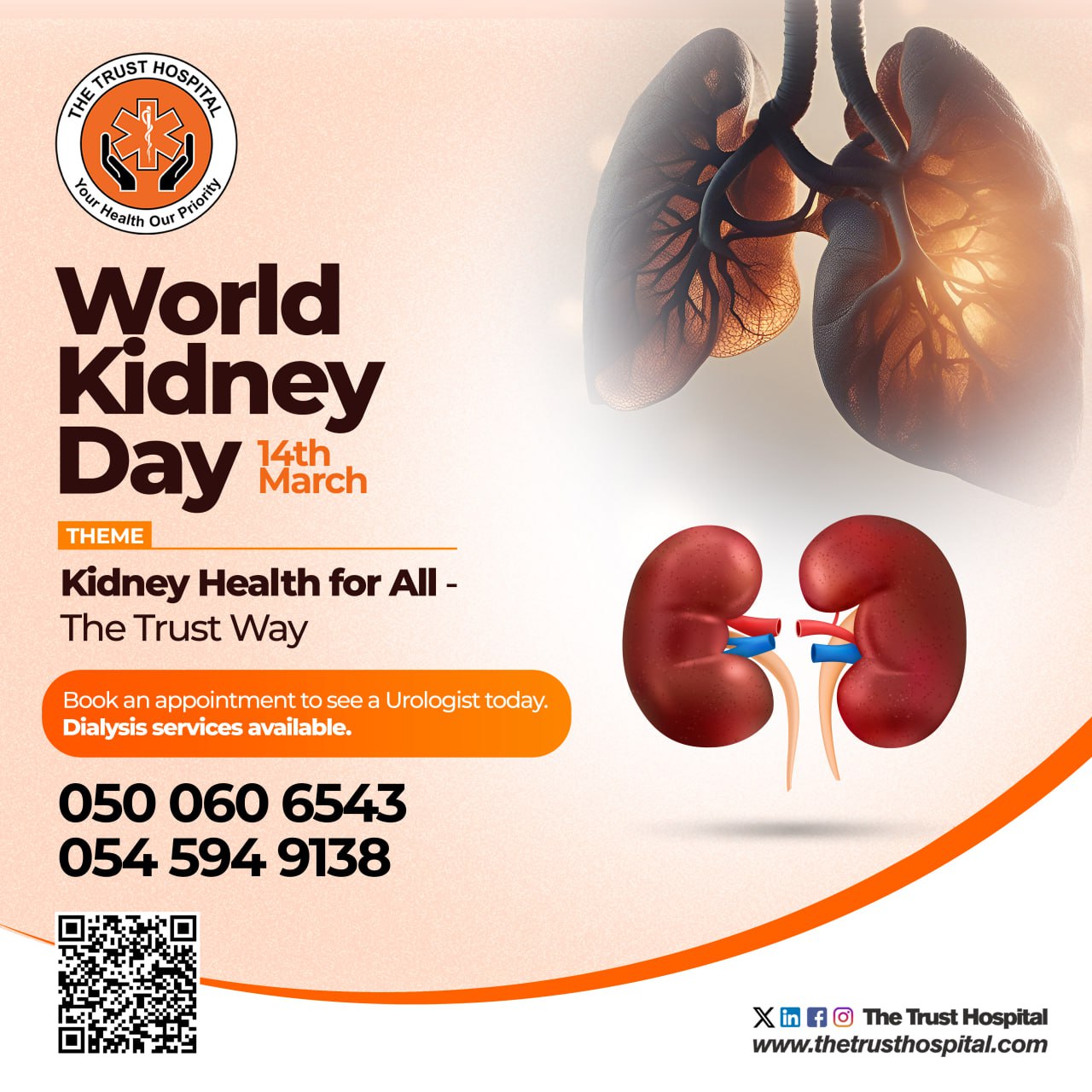“The beauties of nature, which may bring joy and excitement to children, are indescribable and colour combinations remain in their minds for a long time” Shavkatorei
This cannot be said in a new born, when the colour yellow appears on their skin, a very gloomy picture painted when this same colour, crosses to their brains!
The term “jaundice” describes a yellow discoloration of the skin and sclera of the eyes. This occurs when the level of circulating bilirubin, a product of red blood cell breakdown after birth, increases.
Bilirubin is fat-soluble, but it is made water-soluble through an enzymatic reaction to enable the excretion of bile into the fat.
The liver enzyme responsible for this process becomes effective after birth. However, this metabolic pathway is very slow. Jaundice affects 60% of full-term babies and 80% of Preterm babies in the first week of life. In most babies, jaundice is a physiological process that is harmless. It normally occurs or presents on the third or fourth day of life. In some babies, however, jaundice may be a symptom of an underlying pathological condition.
Is Jaundice significant and does it require attention?
It is important for all new borns to be assessed for jaundice as it may indicate an underlying disease e.g. infection, blood group incompatibilities and other neonatal disorders.
Some factors that may influence the risk assessment of new borns for jaundice
include;
- Maternal blood group rhesus isoimmunization, risk of infection e.g. Premature rupture of membrane, genetic disorders e.g. G6PD deficiency, timing of onset of jaundice etc.
“I’m a midwife / Nurse how do I lead this cause?”
Proper maternal history taking, right from pre-natal to post-natal can help in the identification and treatment of neonatal jaundice.
Jaundice progresses in a cephalon-caudal manner, from head to toe. The degree of
yellowish discoloration is related to the level of serum bilirubin. All babies delivered
should therefore undergo a basic physical examination by;
- Visual inspection; naked baby in a warm room with bright natural light.
Examination of the sclerae, gum and blanched skin. - Baby’s behaviour including feeding pattern, urine volume, frequency and colour.
- Serum bilirubin check.
The midwives and paediatricians should therefore not be in a hurry to discharge babies who are at risk.
Collaborating with Parents
Parents should be informed that some babies are at more risk of developing severe jaundice and should be taught how to identify jaundice. They should also be educated in the following areas;
- What to do when jaundice is suspected
- Treatment modalities of jaundice, such as phototherapy, Hydration, breastfeeding, and reassurance that jaundice in the new born is common but treatable.
Is there Any Hope?
Addressing hope when jaundice is diagnosed, it can be iterated that, depending on the cause and severity, phototherapy and exchange transfusion are used in treating new born jaundice. The 2013 WHO guidelines for phototherapy and exchange transfusion are based on whether the infant is term or preterm, the age of the infant with hyper bilinibinemia, and the total serum bilirubin.
In phototherapy, the baby is placed under a special lamp that changes the morphology of bilirubin molecules in a way that they can be excreted in both the urine and stool. During phototherapy, the baby’s body is exposed except the eyes which are covered with protective eye shield and a diaper to cover the genital area, how level of UV light which is considered safe is delivered via phototherapy.
Complications or The Doom!
Delay in diagnosis, treatment etc, can result in severe adverse effects on the new born. They include; Kernictenis, Encephalopathy, seizure and other neurological complications in new borns.
It is imperative to iterate that early identification and treatment of neonatal jaundice are essential to prevent severe conditions that can significantly impact the quality of life of newborns.
While colors may excite children, the color yellow in a newborn’s body, when excessively high, can cross into the brain and cause severe damage, threatening the newborn’s future.

By: Juliet Antwi (Nurse-in-charge, Paediatric Unit)








